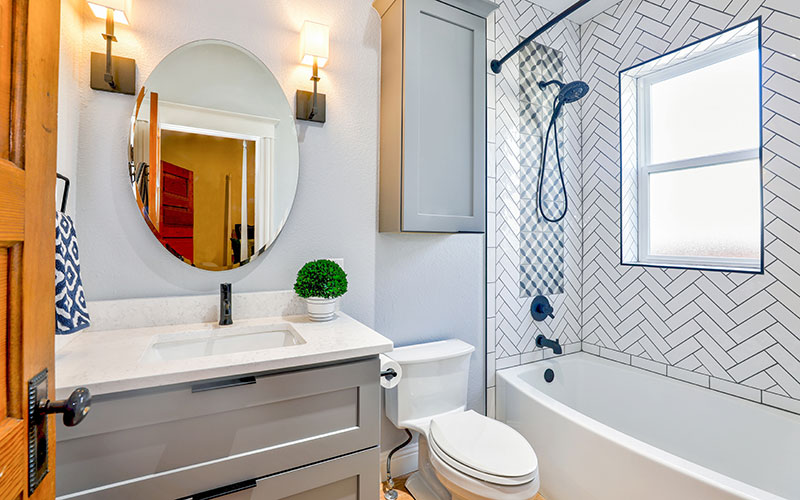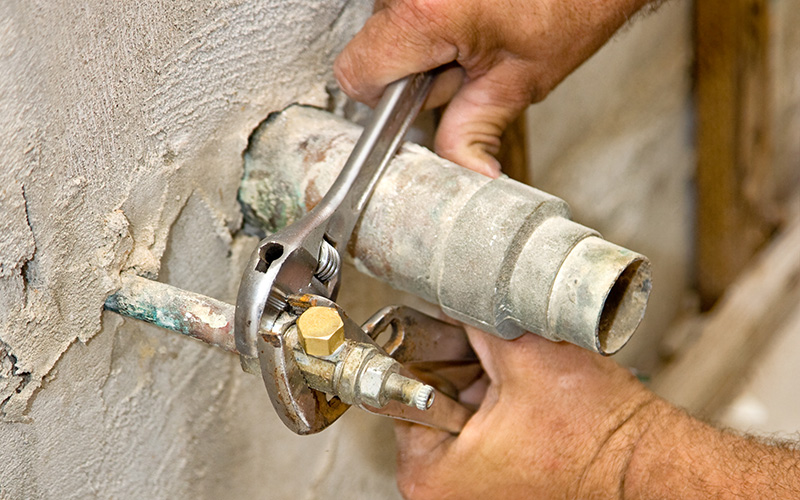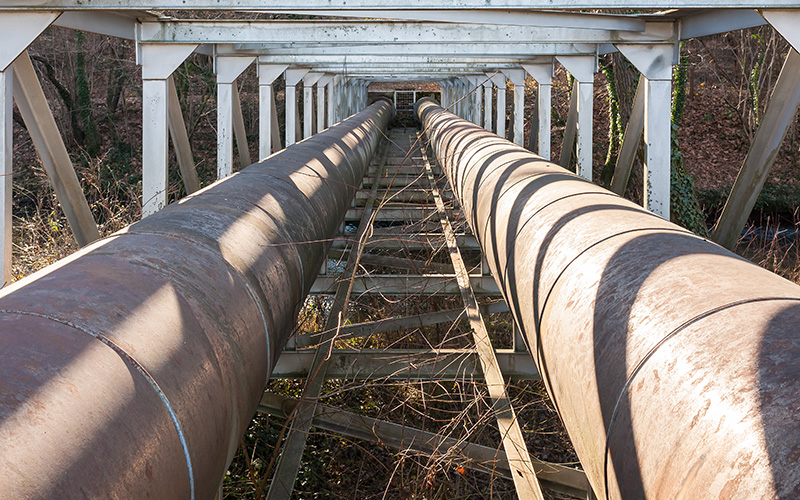
Restaurants use grease traps to intercept most fats, oils and greases (FOG) before they reach sewers. All kitchen fixtures located in food preparation or clean up areas should be plumbed to a grease trap.
Because grease traps offer the last line of defense against potential sewage blockages or overflows, proper care is important.
Maintain grease traps using these methods:
- Get Properly Sized Grease Traps: Overly small grease traps are unable to remove FOG effectively and are prone to overflowing. Overly large grease traps use excessive space and increase expenses. Get a properly sized grease trap to ensure effectiveness.
- Correctly Dispose of Fryer Oil: Placing fryer oil in grease traps by sending it down the drain may create back ups and blockages in restaurant plumbing due to its solidifying properties. Instead, remove fryer grease from griddles, fryers and pans and place it in a separate receptacle.
- Stop Abusing The Garbage Disposal: When washing dishes in the sink, scrape food from plates into the garbage can beforehand. Often, people overuse the garbage disposal by sending down solid food particles frequently. Use the garbage disposal sparingly to avoid blockages and unnecessary waste in your grease trap.
- Cover Drains With Catch Baskets: Cover your sink and floor drains with catch baskets to catch any solids. Empty excess waste caught into a garbage can. Catching solids before they enter the grease trap will allow for a more effective grease trap.
- Schedule Routine Maintenance: Most grease traps are pumped at least once every 35 to 40 days. Regularly scheduled maintenance prevents expensive plumbing problems and keeps your systems up to date on environmental requirements. Determine the best frequency for your business by consulting a plumbing professional.
Preventative maintenance leads to effective grease traps. Taking these small steps to care for your grease trap will ensure well-functioning waste solutions for your restaurant.
For more information on restaurant grease trap care from the experts at Shoreline Septic Service, please contact us here or call us at 800.937.5667.






